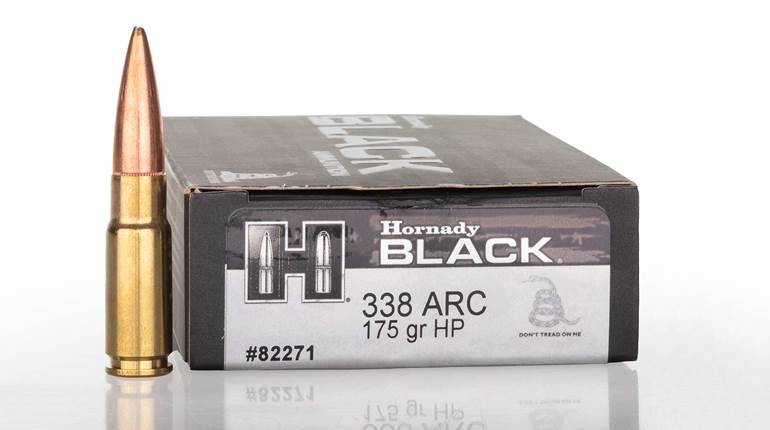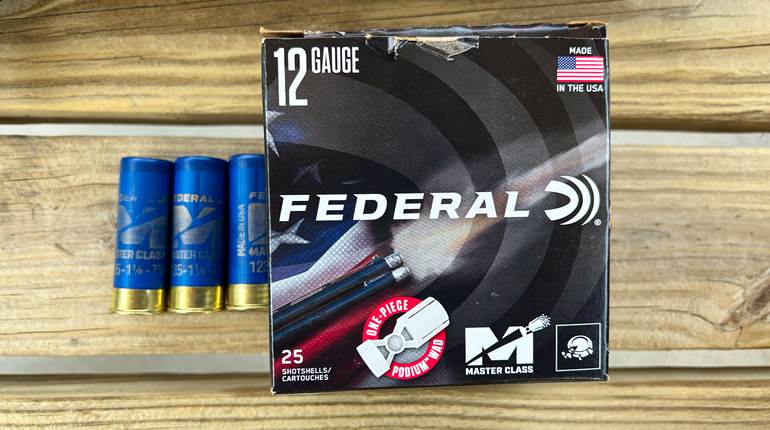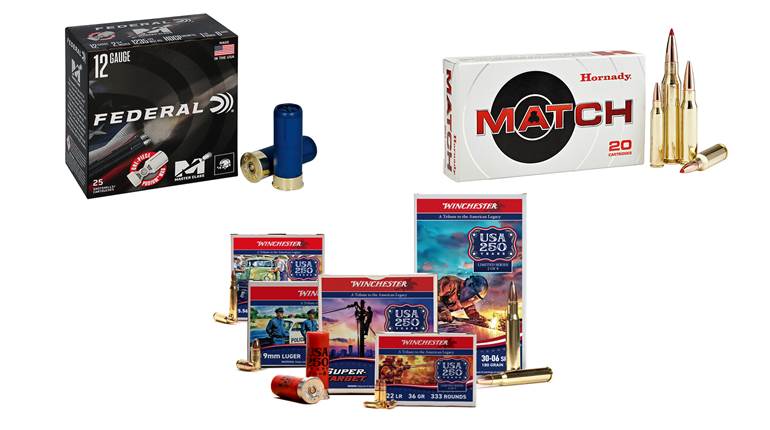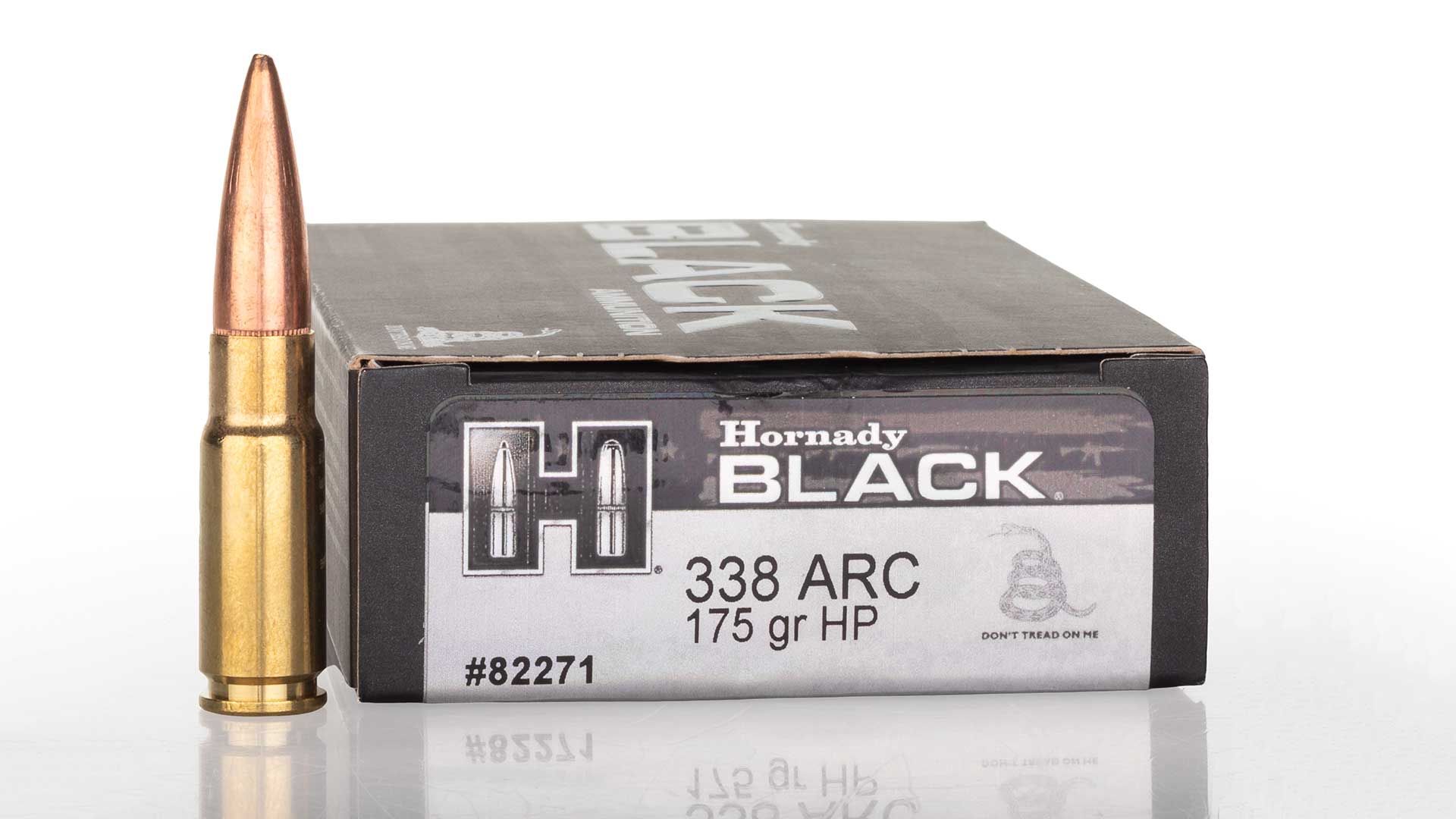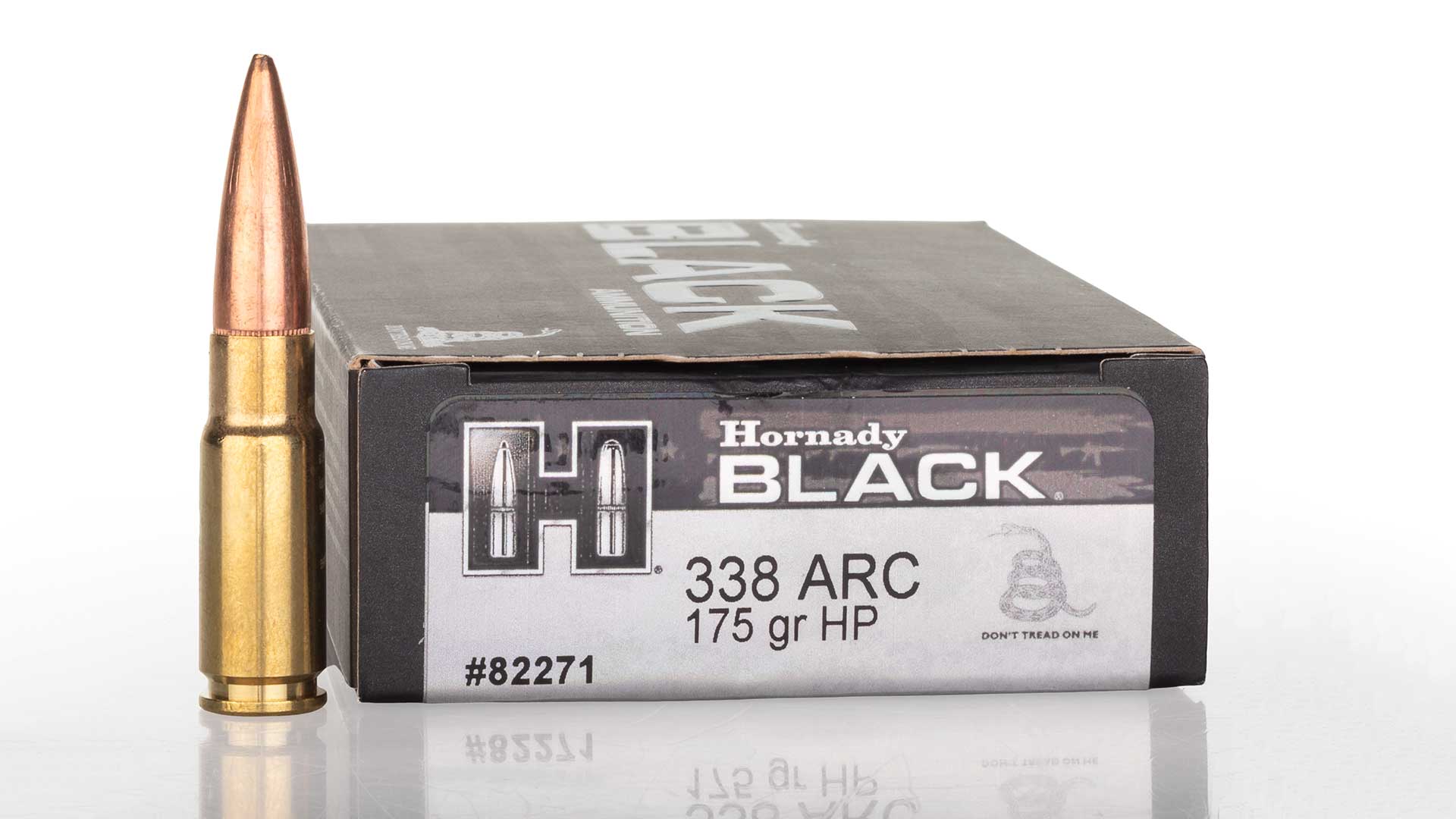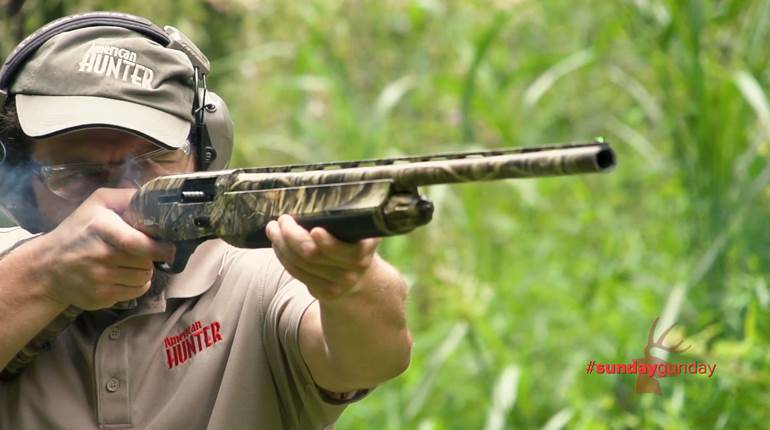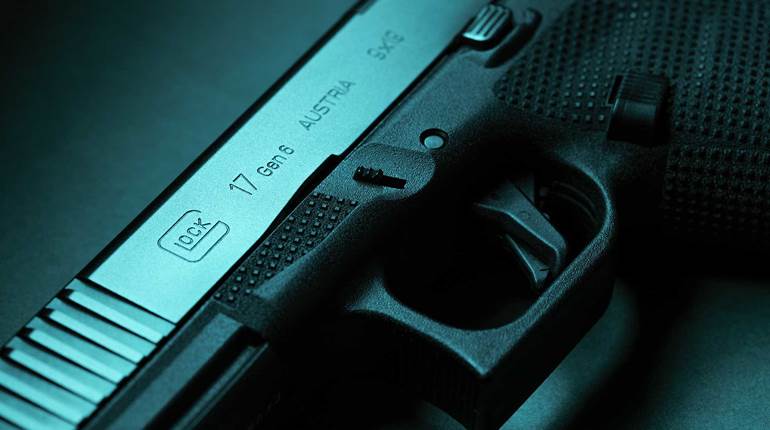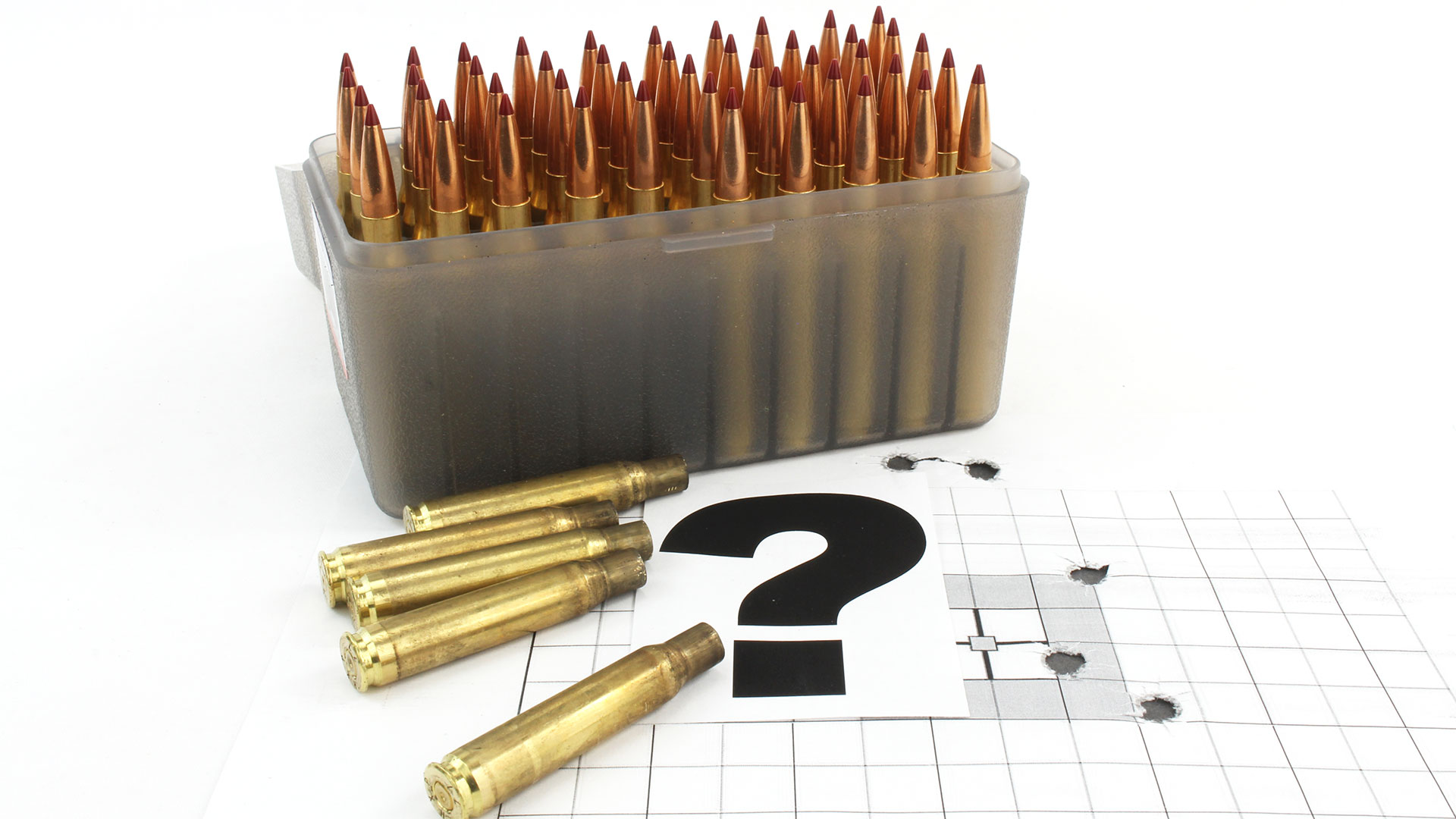
Handloading is part art, part science and all enjoyment. Well, at least until something goes wrong. Crafting your own precision rifle rounds takes a bit of skill and unwavering attention to detail. That being said, it doesn’t take a whole lot to lay waste to an otherwise perfect load with just one or two simple changes that we might not even realize matter. As I’ve spent the last 10 years instructing newcomers on the process, here are the five most common ways that I’ve seen a perfect handload ruined.
One: A change in bullet manufacturer.
Now, if you are prepping yourself to read a paragraph touting how much this author loves brand "X" and brand "Y" doesn’t shoot for what it's worth, I’m sorry to disappoint you. No, what I’m getting at is that even though certain projectiles are common enough that they are made by multiple manufacturers (looking at you 55-grain, .224-cal. FMJs) the similarities end in the nomenclature. Each company has its own idea of how the bullet should be shaped, where the cannelure should be, and exactly what the perfect jacket thickness is.

With that in mind, they are bound to perform differently, even if all of the other aspects remain the same. If you are in a bind and need to substitute something else for your favorite brand, you are going to want to retest the powder spectrum. In almost every case, you will find that you hit a node in a slightly different place and can quickly restore your accuracy by loading accordingly.
Two: A change in powder manufacturer.
Just like bullets, many powders share the same number set in the name. To name a few, we have 4064, 4895 and 4350. In this case, the differences between brands are far more dramatic and the results of substituting one powder for the other can be catastrophic, perhaps even deadly. Gun powders aren’t like motor oil whereas Quaker State 10w-30 is interchangeable with Mobil 10w-30. No, substituting IMR-4064 for AA-4064 could potentially erupt a firearm, let alone open a group up.

If you pay close attention to your reloading manual, you’ll notice each powder has its own data complete with unique minimum and maximum charge weights. In many loading applications, only one of the two is listed, and that in itself speaks volumes. Like all things reloading, there are very few safe substitutions. When in doubt, stick with the book.
Three: A change in primer manufacturer.
Starting to see a trend here? Yes, each component matters, but now we are getting to the ones that seem inconsequential. Primers just spark the powder, right? How much can that matter? Well, the answer is a whole lot. Most ballisticians would agree that ignition is the baseline for accuracy, and the more consistent the ignition, the better chance a round has for repeatable impact. I take it as far as to teach new handloaders to “build your round around the primer."

As each primer burns with its own intensity, each one will burn up the overall powder charge at a different rate. To a degree, changing primers have the same effect as changing your powder charge, and we all know how much that can affect things. Even from a reliability standpoint, changing primers can be costly. Many match shooters lighten their hammer/striker springs to yield a softer trigger. However, once they do so, they find primers that are built with harder cups no longer ignite and are purely incompatible with a given firearm.
Four: A change in brass.
When a careful handloader preps a batch of brass, they typically sort the cases by brand. When someone is further driven by detail, they take it a step further and sort them by weight or by overall capacity measured in grains of water. This is done to keep internal case capacities as close to each other as possible. While SAMMI regulates the external dimensions, there is very little governing the internal case-wall thickness.

Therefore, manufacturers are at liberty to make them as thick or as thin as they please. This variance will affect the overall working pressure of a given load and to a large degree will yield the same effect as changing powder weight, primer, or both. For these reasons it's also important to keep a log of how many times a case has been trimmed, as well as to trim an entire batch when you decide it is time to do so. We do this because cases “thin out” with each trimming and what was true at loading No. 1 is likely to change at loading No. 10.
Five: A change in dies.
So much can be covered here, perhaps even an entire article all its own. Dies of the same operation vary from manufacturer to manufacturer. Let’s start with sizing dies, particularly full-length sizing dies. The company's opinion on how far back to SAAMI spec they should size varies greatly from manufacturer to manufacturer.

Some knock it back as far as possible, allowing for easy chambering in the widest array of guns, while others want to retain as much of the fire forming as possible and barely squeeze the body. Further still, we need to consider neck tension as die’s can vary by a thousandth or so, particularly if they employ interchangeable bushings. Neck tension is another feature that affects working pressure and one should stay as close as possible to what they utilized when they developed their pet load.
The preceding five changes are just the first turn of a rabbit hole that goes on seemingly forever. Things like barrel wear and cleanliness come into play, not to mention ambient temperature and elevation. Precision handloading is a terrific hobby for those that like to tweak and tinker and can very well become a lifetime journey, even if you don’t maintain a wide variety of rifles. For those just starting, I’ll leave you with my favorite piece of advice: “consistency on the bench leads to consistency on the target."












